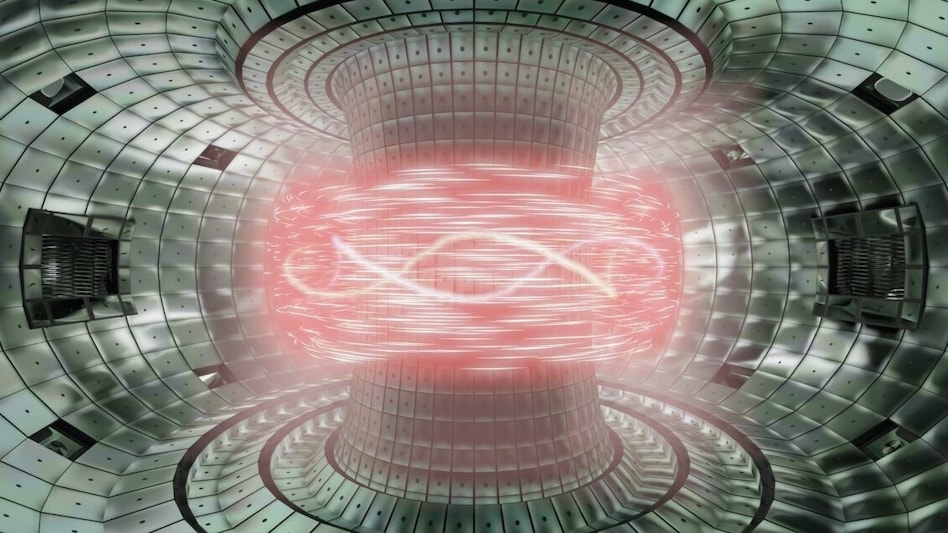 Fusion differs fundamentally from fission, the process used in current nuclear power plants.
Fusion differs fundamentally from fission, the process used in current nuclear power plants.
 Fusion differs fundamentally from fission, the process used in current nuclear power plants.
Fusion differs fundamentally from fission, the process used in current nuclear power plants.Scientists in Germany have achieved a major milestone in the race to unlock clean, limitless energy through nuclear fusion — the same reaction that powers the Sun. Using the Wendelstein 7-X reactor, researchers sustained a fusion plasma for 43 seconds, setting a new record, according to LiveScience.
Wendelstein 7-X, located in Greifswald, is the world’s largest operational stellarator — a type of fusion reactor that uses powerful external magnets to confine superheated plasma. On May 22, scientists heated plasma inside the device to over 20 million degrees Celsius, peaking at 30 million. This effort led to a record high triple product — a key benchmark for fusion performance that combines temperature, density, and confinement time.
Thomas Klinger, Head of Operations at the Wendelstein 7-X, called the breakthrough “a tremendous achievement,” adding, “Elevating the triple product to tokamak levels during long plasma pulses marks another important milestone on the way toward a power-plant-capable stellarator.”
Developing nuclear fusion for practical energy use has long challenged researchers. Achieving the extreme conditions required — temperatures above 100 million degrees Celsius — and sustaining them without consuming more energy than produced has remained elusive. Most reactors still fall short of delivering net energy gain.
While tokamaks — like the now-decommissioned JT60U in Japan and JET in the UK — have historically led fusion experiments, the stellarator’s complex design offers better long-term stability, making Wendelstein 7-X’s record especially notable.
Fusion differs fundamentally from fission, the process used in current nuclear power plants. Instead of splitting heavy atoms, fusion merges light atomic nuclei, releasing vast amounts of energy without carbon emissions or long-lived radioactive waste. It’s also seen as a safer alternative, with lower risks of meltdown or weapons proliferation.
In 2023, China’s Experimental Advanced Superconducting Tokamak (EAST), also known as the "artificial sun," held plasma for 1,000 seconds, following a 403-second record set the previous year.
As global energy demands soar, scientists hope fusion can offer a sustainable solution — not only to combat the energy crisis and climate change but also to power long-term space exploration.